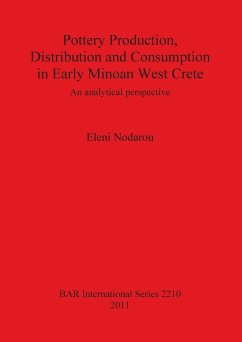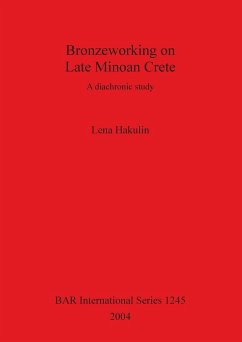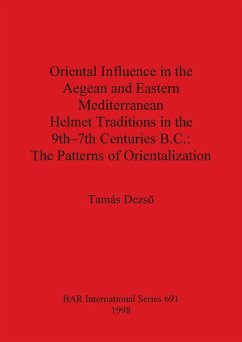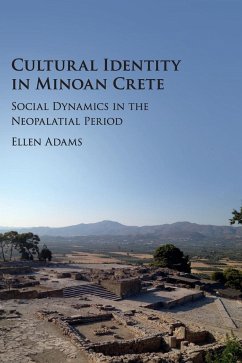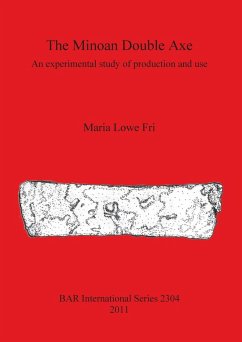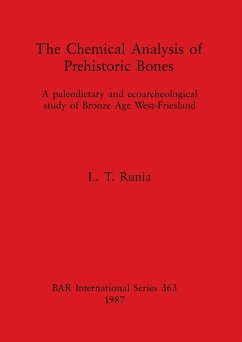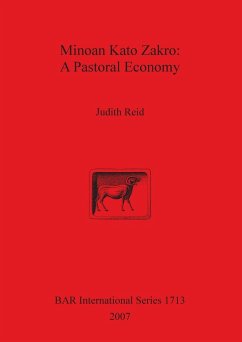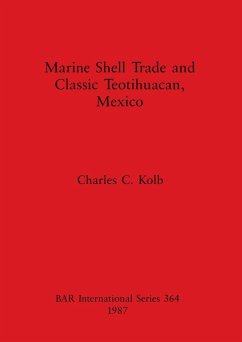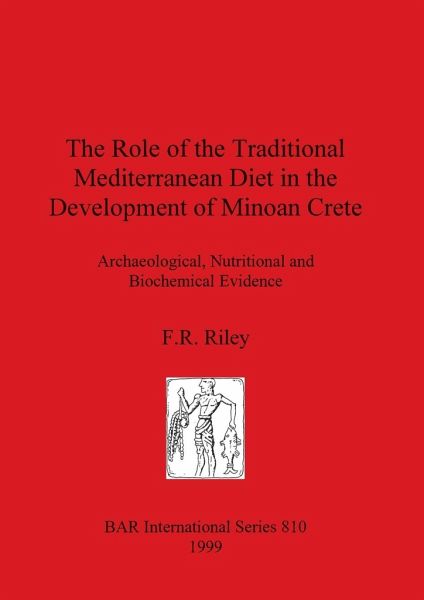
The Role of the Traditional Mediterranean Diet in the Development of Minoan Crete
Archaeological, Nutritional and Biochemical Evidence
Versandkostenfrei!
Versandfertig in 1-2 Wochen
78,99 €
inkl. MwSt.

PAYBACK Punkte
39 °P sammeln!
An innovative approach to the study of diet among the Minoans on Crete, combining archaeological, demographic and skeletal evidence with biochemical analysis of samples from excavations. In this study, Riley takes a multi-disciplinary approach to the analysis of cereals, olives and fish, the three main staple foods of the ancient diet. The results of this analysis have obvious wider implications for ancient health, nutrition and disease, agricultural practices and demographics, which are also explored. Riley concludes that the Minoan diet was similar to the traditonal Mediterranean diet of the...
An innovative approach to the study of diet among the Minoans on Crete, combining archaeological, demographic and skeletal evidence with biochemical analysis of samples from excavations. In this study, Riley takes a multi-disciplinary approach to the analysis of cereals, olives and fish, the three main staple foods of the ancient diet. The results of this analysis have obvious wider implications for ancient health, nutrition and disease, agricultural practices and demographics, which are also explored. Riley concludes that the Minoan diet was similar to the traditonal Mediterranean diet of the modern-day Aegean and the images of young, vibrant and healthy people represented on Minoan wall paintings, is supported in this study.



